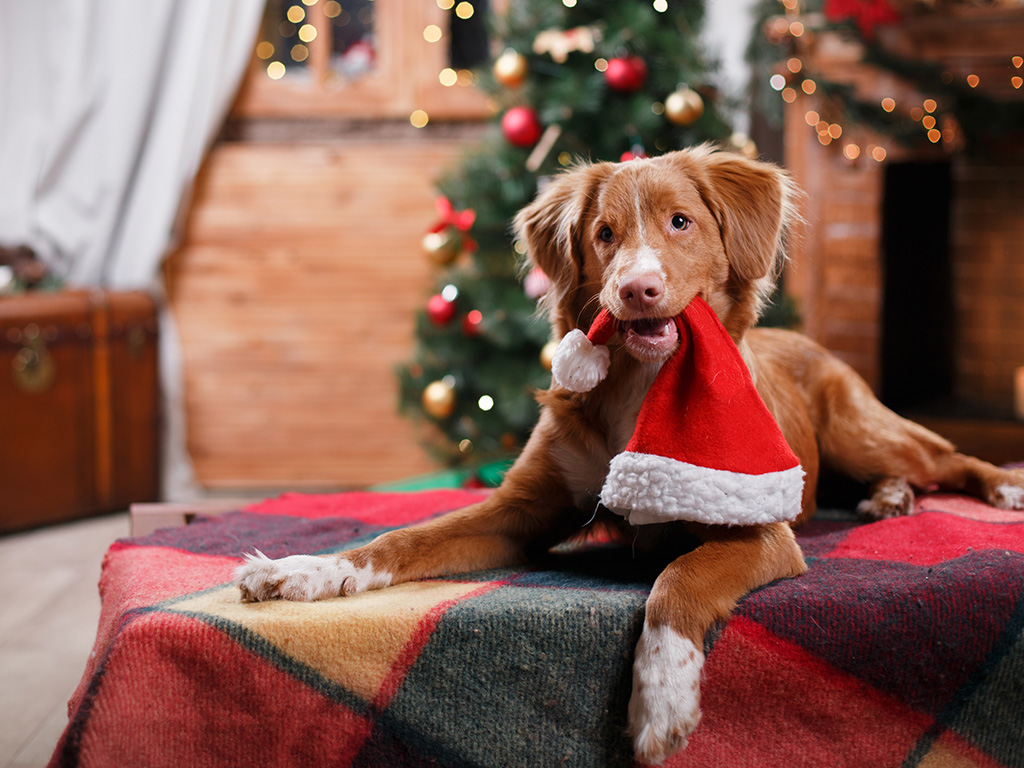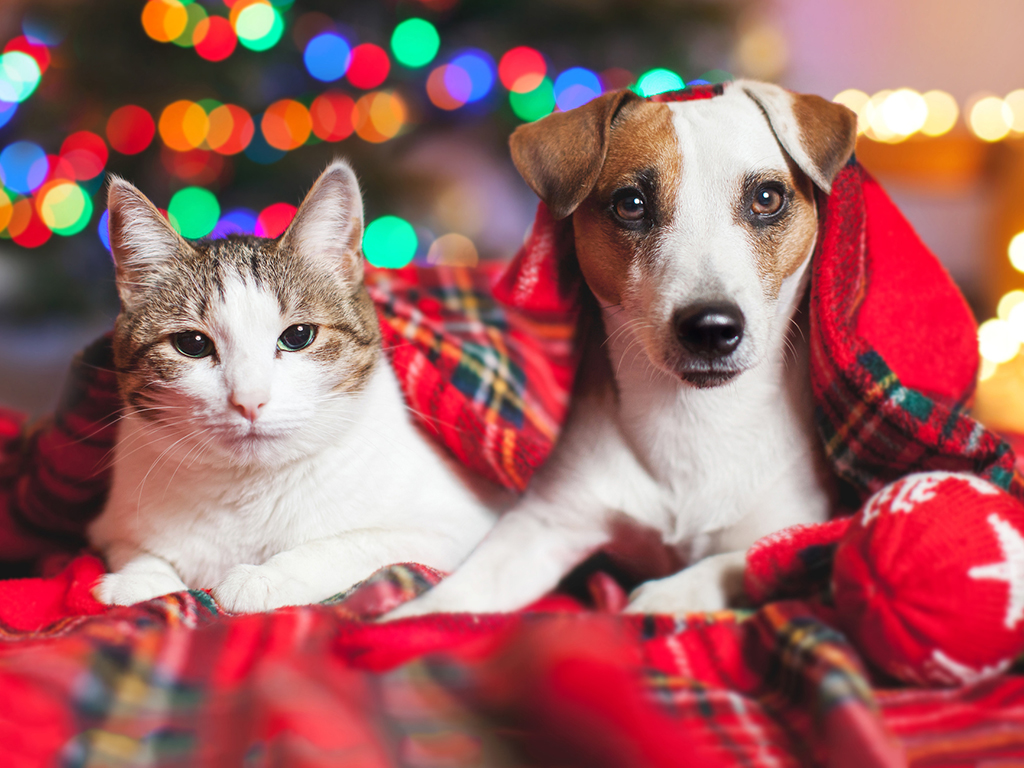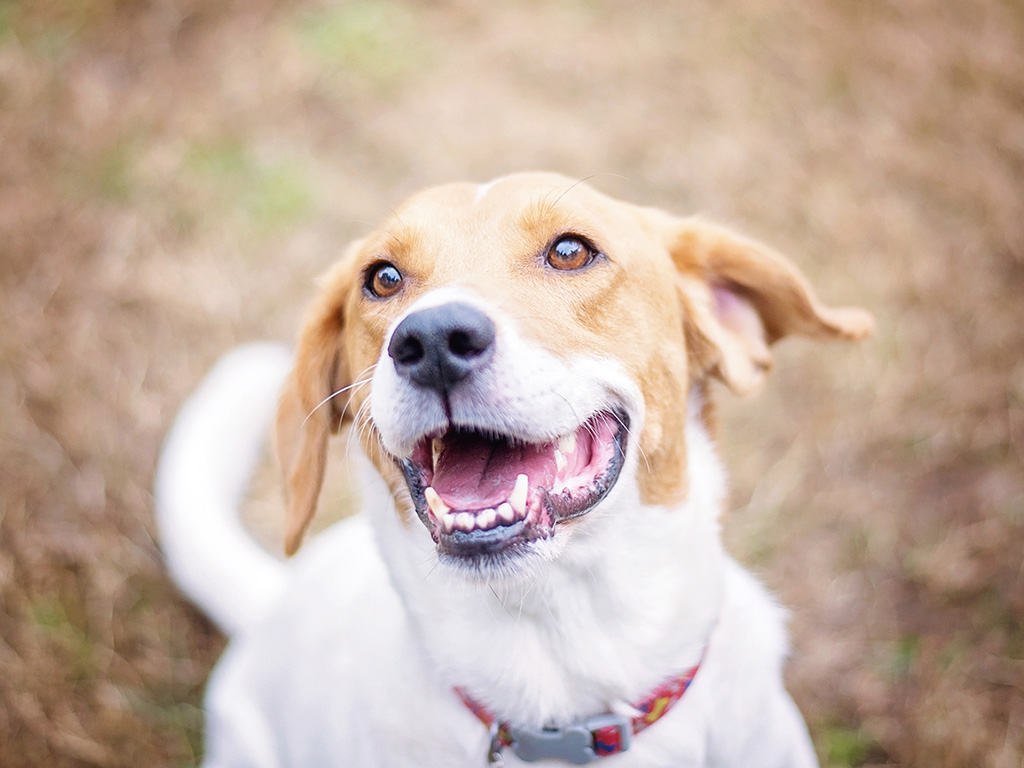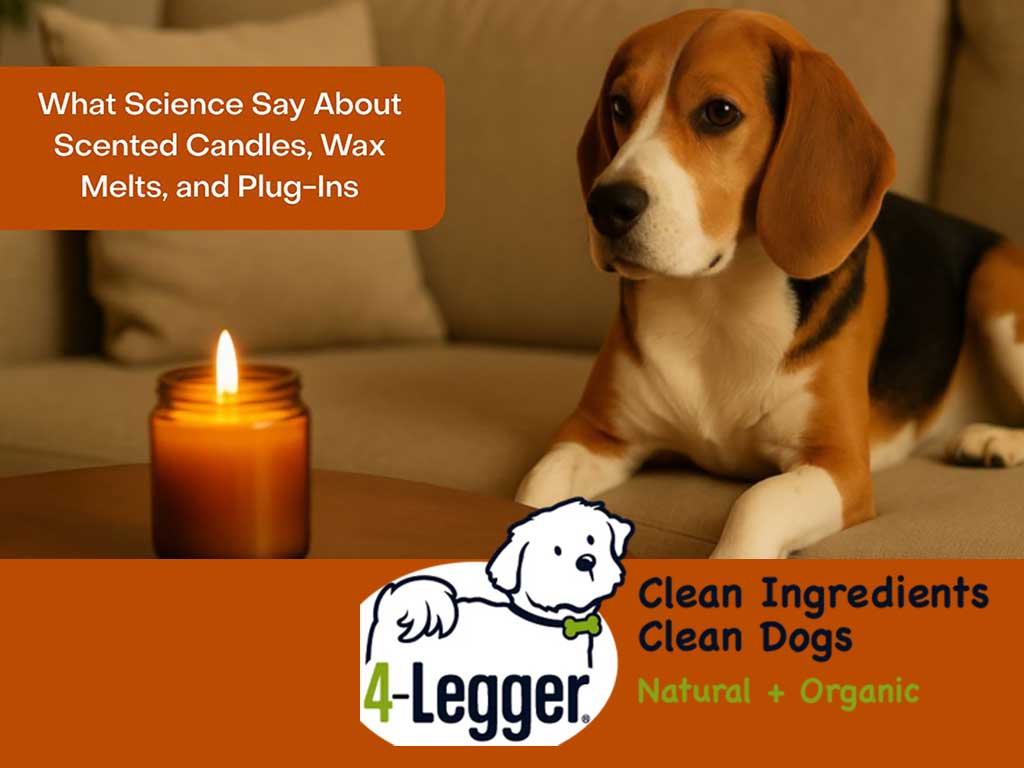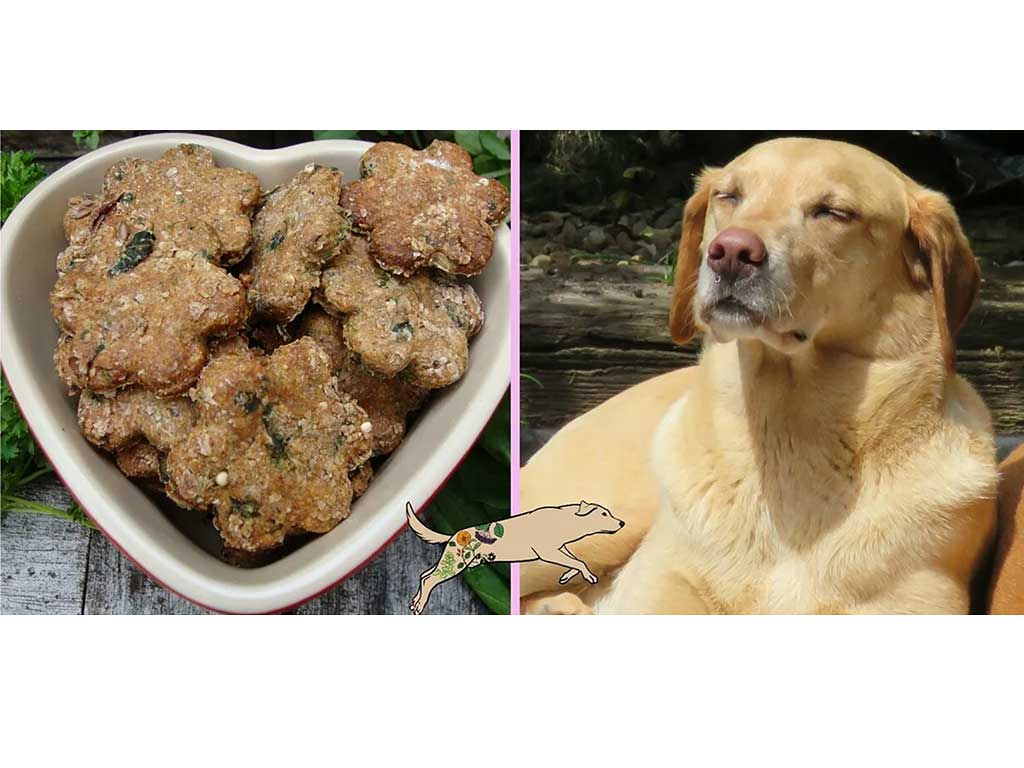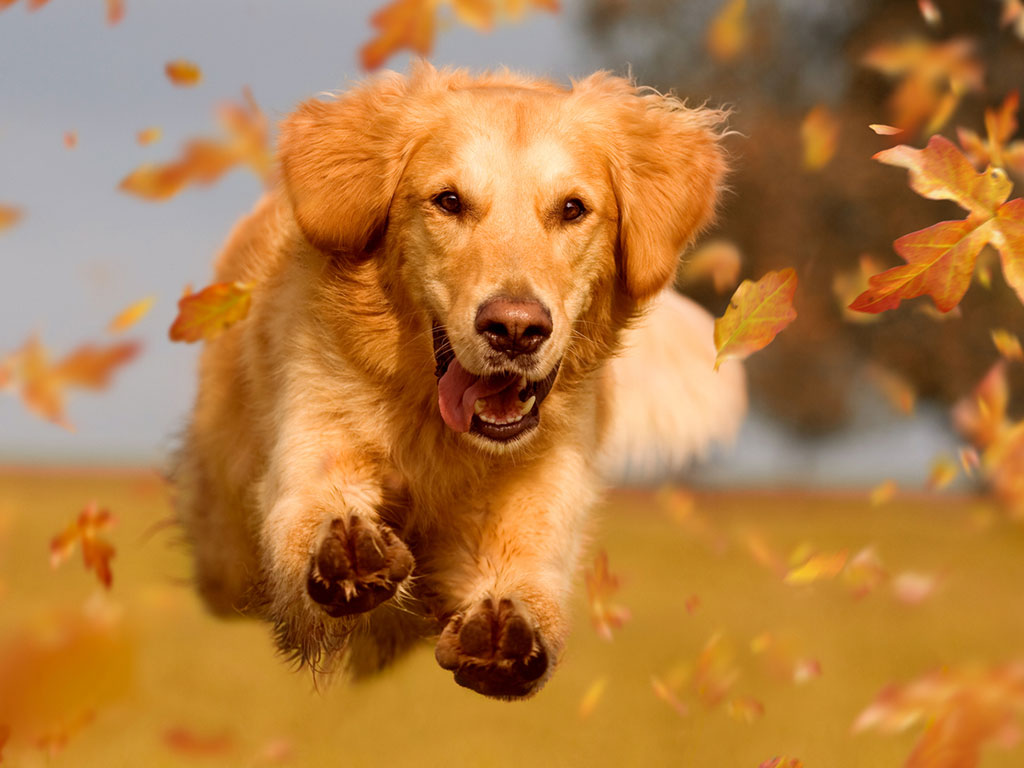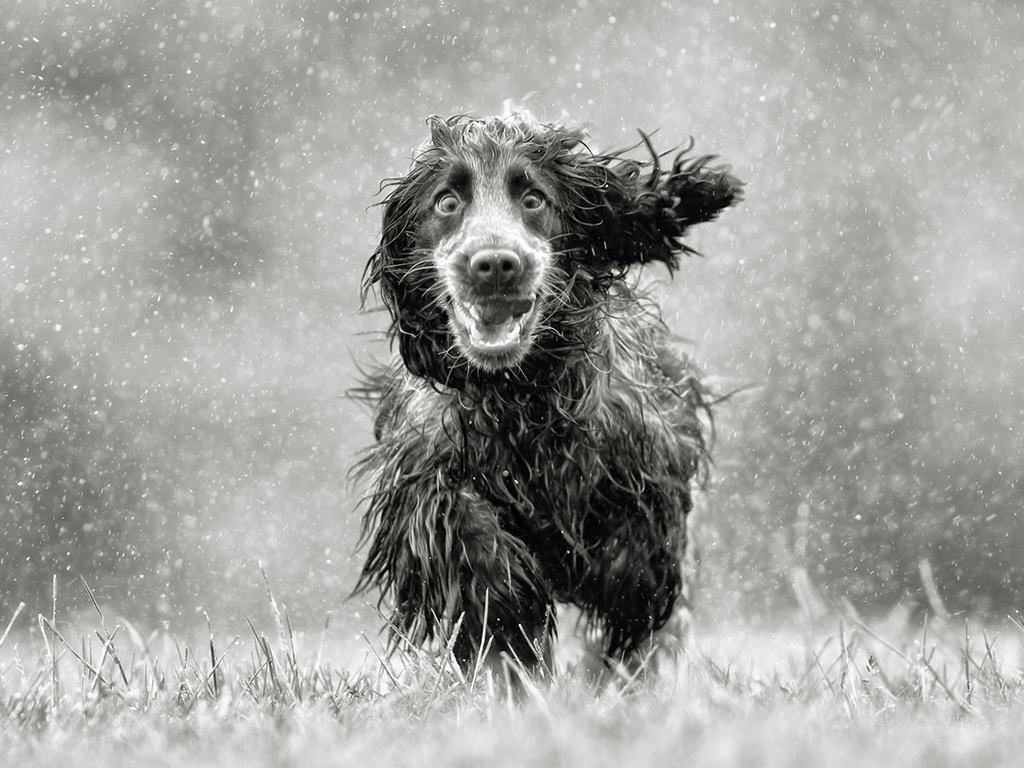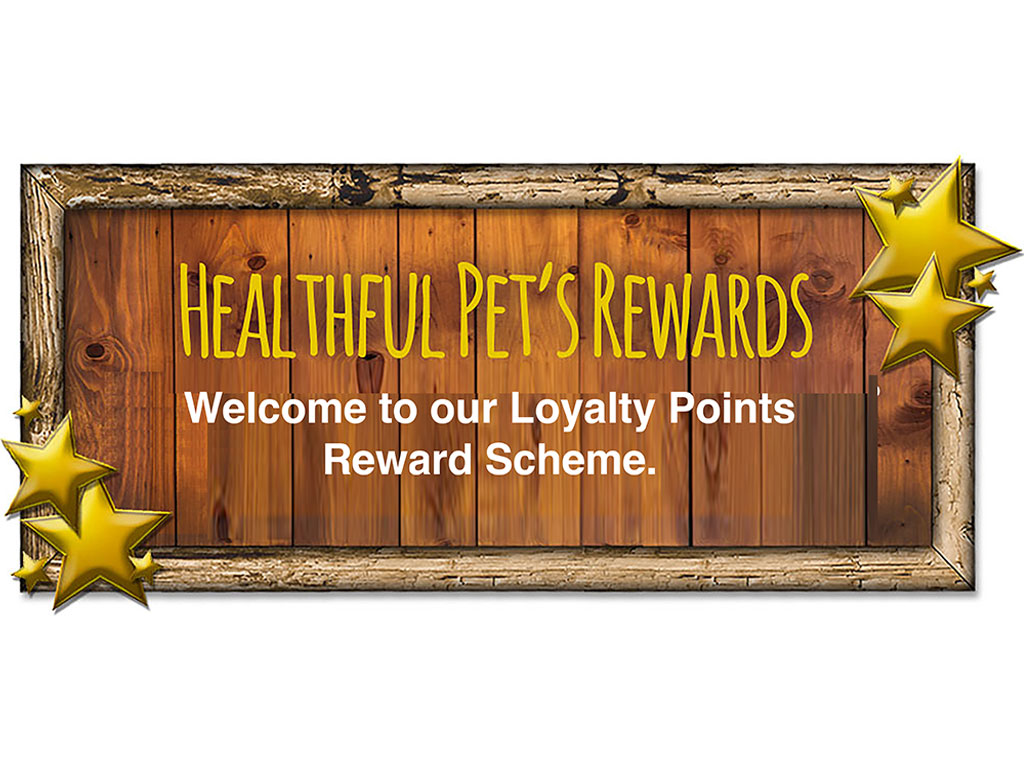Blog
- - November 26, 2025
The Healthful Pets Christmas Gift Guide for Dogs 2025
Dogs are family, and they deserve to be spoiled just like the rest of us. So, why not treat your four-legged friend to something that shows how much they mean to you this Christmas? At Healthful Pets, we have a great range of Christmas gifts for your dog, there’s something to suit everyone! Read on to explore our comprehensive guide to picking the paw-fect present for your pup.
Eco Dog Toys
We sell a huge range of eco dog toys from top brands such as Green & Wild's, and Green Elk Supply Co.. From festive Christmas-themed designs to ring in the season, or versatile everyday favorites, the choices are endless! All of our eco toys are made from non-toxic materials, meaning there's no harmful chemicals or toxins released when your dog chews them.
Browse our full range of eco-friendly, natural dog toys on our website, or keep reading for our festive top picks.
Green & Wild’s range of special edition Christmas eco dog toys are perfect
- - November 26, 2025
At Christmas we need to be mindful of any harmful foods, toxic plants and decorations that can potentially make our pets sick. By being aware of these common dangers, you’ll keep your pet happy and out of harm’s way over the festive season. Read more to find out what they are and what you can do to avoid them...
Although Christmas is a happy, cheerful occasion for all the family, it’s also one of the busiest times of year for veterinarians across the world. We all love our Christmas traditions, but they can pose a serious risk to our pets.
At this time of the year especially, we need to be mindful of any harmful foods, toxic plants and decorations that can potentially make our pets sick. By being aware of these five common dangers, you’ll keep your pet happy and out of harm’s way over the festive season.
Festive Foods
Christmas is a time for indulgence. But you should be careful not to leave any foods lying around that could make your pet ill. Foods such as chocolate, grapes, mince
- - November 25, 2025
Cats are part of the family, and they deserve to be spoiled just like the rest of us. So, why not treat your feline friend to something that shows how much they mean to you this Christmas?
Struggling for ideas for a christmas gift for your cat? Well, struggle no more! Here at Healthful Pets we have a variety of gifts that your cat will love. From treats and toys, to enrichment feeding bowls - we have everything that your cat could possibly want or need. Read on for our guide to Christmas gift ideas for cats...
Cat Toys
A great range of cat toys, some filled with enticing catnip, whilst others are perfect for active playtime! Did you know the primary active component in catnip, nepetalactone, is thought to mimic a cat’s natural ‘happy’ pheromones? Catnip-infused toys are a perfect choice for Christmas, helping to keep your cat relaxed, happy and calm in what can often be a stressful time of the year for them.
Danish Design's Milo & Max are a duo of catnip-filled mice, complete
- - November 24, 2025
Dental hygiene for dogs and cats is essential for their overall health and well-being. Studies have found that an estimated 80% of dogs over the age of three have gum disease
The mouth is very important to animals as they spend their days not only eating and chewing but also …. grooming, removing insects from their coat and manipulating things. Each tooth has its function, like a piece of machinery, that is a reflection on its heritage as hunters and opportunistic feeders. The mouth has a good blood supply and contains many nerves making dental issues a potential problem. If your pet has a sore mouth you may be unaware as they are unable to tell you about it!
Sometimes there are no signs at all that your pet is suffering from dental problems, but typical signs can include:
- Plaque (a biofilm which contains bacteria) and tartar/calculus (yellow-brown hard mineralised plaque) build-up on teeth
- Reddened tender inflamed gums resulting from tartar build-up which irritates and puts pressure
- - November 13, 2025
Candles, wax melts, and plug-in air fresheners promise cozy ambiance, relaxation, and that "just-cleaned" scent. Television commercials ensure us that it is a simple way to create the perfect home and judging by the common presence of them in many homes, we have believed the marketing pitch. But what do we really know about what's floating in the air when we light a candle or plug in an air freshener? Concerns about indoor air quality from fragranced products aren't new. Many of us have long suspected that what makes our homes smell good might not actually be good for us.
I saw a social media post that said a new study from Purdue University claimed scented wax melts can release nanoparticles at levels comparable to diesel exhaust and gas stoves. My first thought was: Wow! That sounds rather dramatic. Is it true? And, if it is, what does it really mean for our health - and for the pets and kids who share our homes?
Let's dig into the science, cut through the hype, and look at safer choices
- - October 31, 2025
Many of us love creating nutritious, wholesome food at home — and our dogs can enjoy the same care and attention through homemade treats. Calming recipes made with natural, herbal ingredients not only provide something delicious and nourishing, but can also help support anxious dogs who struggle to relax, especially during busy or noisy times like firework season. We’re delighted to share this recipe from Hedgerow Hounds for homemade calming treats using their Tranquil Blend — perfect for offering your dog a little extra comfort, naturally.
Make your own calming treats for when your dog needs a little more emotional support, perfect for a bedtime nibble.
You will need:
- 2 Level tablespoons of Hedgerow Hounds Tranquil blend or 2 chamomile teabags
- 250g Flour of choice and a little extra for dusting
- 125g Gluten free porridge oats
- 1 cup of Oat, Coconut or Goats milk
- 1 beaten egg (free range)
- 1 level teaspoon of Chia seeds
- Optional 1 level teaspoon of Almond nut butter (must be xylitol and palm
- - October 06, 2025
As those chilly nights draw in, we know autumn is here. Autumn is a wonderful season to get outside and spend time with your dog. But there are a few potential risks dog owners should bear in mind. The health and happiness of our pups should always be a priority, so consider these safety precautions when caring for your dog this autumn.
Take care of your dog’s paws
When piles of leaves litter the streets, potentially harmful debris can lurk underneath. Broken glass and sharp objects hidden under the leaves could cut your dog’s paw pads, so it’s always a good idea to check your dog’s paws regularly.
Later in the season, salt used to de-ice the roads can irritate your dog’s paws. If you’ve been walking over road salt, be sure to wash your dog down afterwards.
Wetter autumn weather often means damp paws, which are the perfect breeding ground for yeast and bacteria. If you notice your dog’s paws have a yeasty smell or they seem red and irritated, be sure to see a vet.
View our range of paw
- - September 17, 2025
Taking your dog for a walk on a glorious summer day is an absolute joy. But when rainy weather rolls around, those daily strolls can feel more like a chore. While it might be tempting to stay cozy inside, there are ways to make rainy dog walks something you can both enjoy.
For many dog owners, wet weather is one of the biggest downsides of having a dog. Some pups are happy to wait out the rain indoors, while others can’t resist splashing through puddles and dragging you out into the cold, whether you’re ready or not!
The good news? With a few simple adjustments, you can embrace the rain and make the most of your time outdoors. Here’s how:
1. Prepare Your Home for the Aftermath
A little preparation before you head out can save time and stress when you return. Lay out towels, a bath mat, and even a dog drying coat near the door to minimize muddy paw prints and soggy fur around your home. If your dog tends to get particularly messy, consider running a bath beforehand for a quick rinse
- - September 01, 2025
Welcome to the Healthful Pets Loyalty Scheme!
Here at Healthful Pets we want to say thankyou to our many loyal customers and your continued support. Every time you shop with us, you can earn points, which can be redeemed against a future purchase - making shopping with us for your all-natural pet products even better value for money.Please be aware that you can only obtain a discount through the Healthful Pets website.
It is NOT possible to obtain a valid discount code through any third party sites. They will not work and are scam!
So here is a bit of information about our Loyalty Reward Scheme :For every £1 spent (excluding postage costs) with Healthful Pets you will earn 5 points. So, if you spend £50 you will be awarded 250 points. Once you have collected 1,000 points you can redeem £5 off your next purchase, should you wish to do so.
How does the Scheme work?
To start earning points you will need to ensure that you have created an account with us to enable you to keep track
- - July 23, 2025
The holiday season can be a magical time – but for our pets, all that hustle and bustle can be a bit overwhelming. With changes to routine, unfamiliar guests, loud noises and tempting treats everywhere, it’s no surprise that many animals feel unsettled during Christmas.
Here are a few simple ways to help keep your pet calm, happy and safe this festive season:
1. Stick to your usual routine
Animals thrive on consistency. As much as possible, try to keep mealtimes, walks and bedtime close to your pet’s normal routine – even if your own schedule is a bit up in the air. This helps provide a sense of predictability and stability, which can be incredibly comforting.2. Consider a calming supplement
Natural calming supplements can be a great way to take the edge off your pet’s anxiety during busy periods. Look for options containing ingredients like L-theanine, valerian, or ashwaghanda, and introduce them ahead of time so your pet can feel the benefits before the big day arrives.3. Offer enrichment
